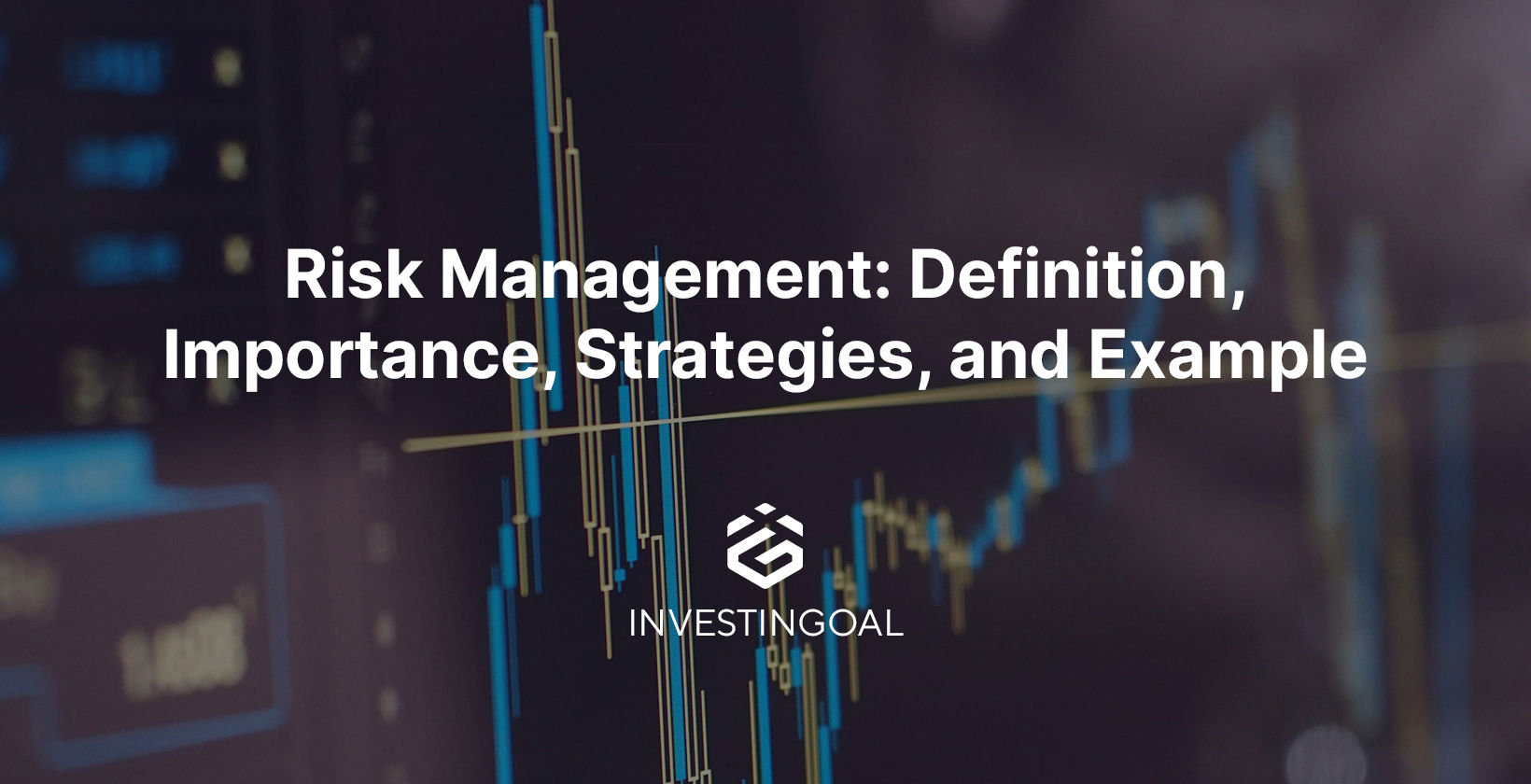How the Importance of Risk Management Shapes Effective Leadership
How the Importance of Risk Management Shapes Effective Leadership
Blog Article
Checking out the Relevance of Risk Management for Effective Decision-Making Strategies
In the complex world of service, Risk Management arises as an important consider the decision-making procedure. The ability to determine possible threats and chances, and strategize appropriately, can spell the difference in between success and failure. With devices such as SWOT and PESTEL, companies are geared up to make enlightened choices, promoting durability and adaptability in an ever-changing atmosphere. Wondering just how this works? Allow's unload the dynamics even more.
Comprehending the Idea of Risk Management
Risk Management, an essential part in decision-making, is typically misconstrued or oversimplified. Risk Management includes organized and disciplined approaches, utilizing information and insightful analyses. From financial unpredictabilities, legal obligations, calculated Management errors, to crashes and natural disasters, it attends to numerous dangers - importance of risk management.
The Duty of Risk Management in Decision-Making Processes
In the realm of tactical planning and organization procedures, Risk Management plays an indispensable role in decision-making procedures. Risk Management hence ends up being an important device in decision-making, aiding leaders to make educated selections based on a detailed understanding of the dangers included. Risk Management serves as an essential element in the decision-making processes of any kind of organization.

Just How Risk Management Boosts Strategic Planning
In the context of tactical preparation, Risk Management plays a pivotal duty. Starting with the identification of possible dangers, it even more extends to the execution of Risk mitigation actions. The function of Risk Management is not fixed yet dynamic, as it demands consistent tracking and adjusting of techniques.
Recognizing Prospective Risks

Carrying Out Risk Reduction
Having actually developed the significance of identifying potential risks, the next step is to discover Risk reduction. This procedure includes establishing and carrying out methods to handle identified risks effectively. It is an important element of tactical planning as it boosts decision-making by decreasing possible unfavorable results. Risk reduction approaches can vary from Risk avoidance, Risk transfer, to risk decrease. Each approach needs to be customized to the details Risk, more considering its prospective effect and the organization's Risk resistance. In addition, reliable Risk reduction requires a deep understanding of the Risk landscape and the possible influence of each Risk. This understanding allows organizations to prioritize risks and allot resources properly, guaranteeing that the most useful reference considerable risks are addressed initially.
Surveillance and Adjusting Methods
Though Risk mitigation is an essential step in strategic preparation, continual tracking and modification of these methods is similarly crucial. It likewise provides an opportunity to examine the success of the Risk Management actions, permitting changes to be made where needed, additional improving tactical preparation. Surveillance and changing Risk Management techniques is a critical part for enhancing an organization's strength and calculated planning.
Situation Studies: Effective Risk Management and Decision-Making
In the world of business and finance, successful Risk Management and decision-making commonly serve as the pillars of prosperous business. These instances highlight the worth of sharp Risk Management in decision-making procedures. These situations highlight the crucial function of Risk Management in tactical decision-making.
Devices and Strategies for Efficient Risk Management
These devices, such as Risk signs up and warmth maps, help in recognizing and assessing prospective dangers. Risk action strategies, a key part of Risk Management, include accepting, preventing, transferring, or mitigating threats. With these devices and strategies, decision-makers can navigate the complicated landscape of Risk Management, consequently assisting in notified and efficient decision-making.
Future Patterns in Risk Management and Decision-Making Approaches
As we check out the substantial landscape of Risk Management, it ends up being noticeable that the tools and methods used today will proceed to advance. The principle of Risk culture, where every member of a company is mindful and entailed in Risk Management, will obtain more importance. These fads declare an even more proactive and inclusive method in the direction of Risk Management and decision-making.
Final thought

Risk Management thus ends up being an important tool in decision-making, helping leaders to make informed choices based on an extensive understanding of the risks involved. Risk reduction methods can range from Risk evasion, Risk transfer, to risk decrease (importance of risk management). Reliable Risk mitigation requires a deep understanding of the Risk landscape and the prospective effect of each Risk. Risk feedback approaches, an essential component of Risk Management, include accepting, staying clear of, transferring, or mitigating threats. The idea of Risk culture, where every participant of an organization is aware and included in Risk Management, will obtain a lot more prominence
Report this page